
PDF: Bechamp’s obituary
In 1908, Nature magazine published Antoine Bechamp’s obituary.

In 1908, Nature magazine published Antoine Bechamp’s obituary.
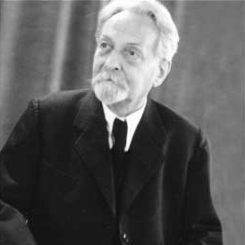
A summary of Bechamp’s microzymas and Enderlein’s protits, and the fact that they are, of course, the same thing. […]
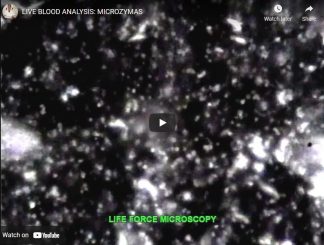
A short clip of microzymas in blood made using dark field microscopy.
[…]
A three hour presentation on Youtube that covers a lot of material. It contains a lot of original video and audio.
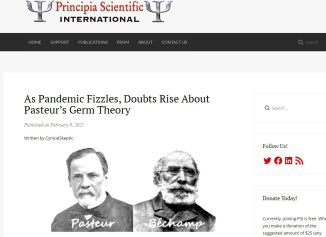
A video on Principia Scientific: Doubts Rise About Pasteur’s Germ Theory – discusses the germ theory, and quotes from Bechamp or Pasteur?
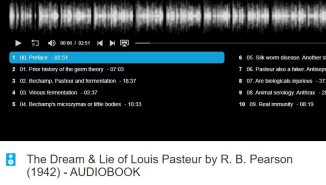
An Archive.org audiobook version of Pasteur: Plagiarist, Imposter, the introduction to Bechamp or Pasteur?

A summary of the life and work of Antoine Bechamp, with links to various publications and resources.
Béchamp was widely known and respected as both a teacher and a researcher. As a leading academic, his work was well documented in scientific circles.
Few made as much use of this fact as Louis Pasteur, who based much of his career on plagiarising and distorting Béchamp’s research. […]
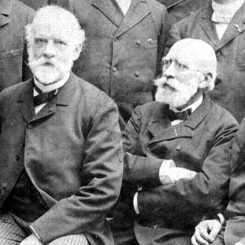
Dr Robert Young discusses the way in which history and academia have accepted the germ theory, and treated Bechamp and pleomorphism so shabbily.
“There is no medical doctrine as potentially dangerous as a partial truth implemented as whole truth.”

In this account of one of his experiments which demonstrates the existence of microzymas, Bechamp added chalk to maintain the neutrality of the medium. He was surprised to see two different reactions, depending on whether he used chemically pure calcium carbonate or commercial chalk, all other factors being equal.
The first solution, with sugar added and treated with creosote, did not ferment.
The second solution, under the same conditions, fermented.
On microscopic examination of the commercial chalk, Bechamp invariably found the “little bodies” observed in his previous experiments. “They are organized and living”, they act like moulds, they are agents of fermentation — they are ‘micro-leavens’. […]

by Robert Pearson
Introduction to Bechamp or Pasteur?
Pearson’s book, originally published in the 1940’s, is an excellent introduction to the theory and practice of Pasteur’s ‘science’, his inability to fully understand the concepts he was appropriating, and the consequences of the vaccines that he and his followers created.
Louis Pasteur built his reputation and altered the course of twentieth century science by plagiarizing and distorting the work Antoine Bechamp.
Pearson exposes facts concerning Pasteur which are still being ignored today, and provides a detailed historical background to the current controversy surrounding vaccination. Even during Pasteur’s lifetime, there were people who could see how wrong he was, and that he knew he was wrong. […]

Bechamp’s preface to ‘The Blood and its Third Element’.
This work upon the blood is the crown to a collection of works upon ferments and fermentation, spontaneous generation, albuminoid substances, organization, physiology and general pathology which I have pursued without relaxation since 1854, at the same time with other researches of pure chemistry more or less directly related to them, and, it must be added, in the midst of a thousand difficulties raised up by relentless opponents from all sides, especially whence I least expected them.
To solve some very delicate problems I had to create new methods of research and of physiological, chemical and anatomical analysis. Ever since 1857 these researches have been directed by a precise design to a determined end: the enunciation of a new doctrine regarding organization and life.
It led to the microzymian theory of the living organization, which has led to the discovery of the true nature of blood by that of its third anatomical element, and, at last, to a rational, natural explanation of the phenomenon called its spontaneous coagulation. […]

Alan Cantwell
Article
A century and a half ago, Antoine Bechamp declared the microzyma is the essential unit of life. He observed tiny, round granular bodies within the cells that glistened as tiny sparkles of refracted light. He was not the first to see the granules, but he was the first to suspect these ‘little bodies’ might hold the key to the origin of life.
Bechamp taught that all life arises from microzymas. After many laboratory experiments and microscopic examinations, he claimed that microzymas were capable of developing into common living organisms that go by the name of bacteria. Some of these intermediate bacterial stages were regarded by experts as different species, but to Bechamp they were all related and derived from microzymas. […]
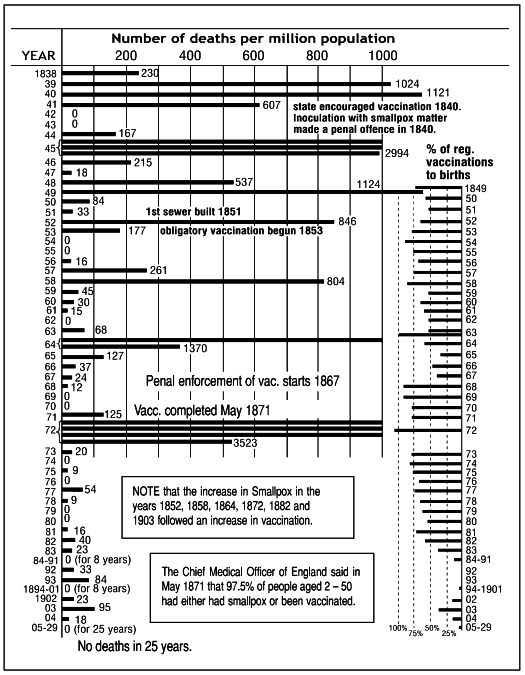
R. Pearson
Extract from the book ‘Bechamp or Pasteur?’
In any discussion of the value of a remedy or preventative for any disease, actual statistics of the results that have followed the use of such remedy or preventative in the past should be of great value in judging it, especially when the trend over a long period of years can be charted graphically.
Hence it seems proper to consider what a chart showing the death rates both before and after the introduction of some of these biological treatments, might indicate; especially when the results can be compared with the general trend following other methods of treatment of more or less similar diseases.
For this reason, this chapter contains several charts showing the death rates of several diseases both before and after the use of biologicals, as well as some of the death-rates of similar diseases with and without the use of biologicals. […]
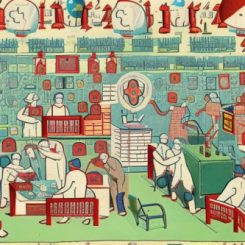
From the book ‘Bechamp or Pasteur?’
Ethel Hume describes the origin of the cult of the germ theory of disease. It was at the beginning of 1873 that Pasteur was elected by a majority of one vote to a place among the Free Associates of the Academy of Medicine. His ambition had indeed spurred him to open ‘a new era in medical physiology and pathology’, but it would seem to have been unfortunate for the world that instead of putting forward the fuller teaching of Béchamp, he fell back upon the cruder ideas now widely known as the ‘germ theory’ of disease.
It was at the beginning of 1873 that Pasteur was elected by a majority of one vote to a place among the Free Associates of the Academy of Medicine. His ambition had indeed spurred him to open ‘a new era in medical physiology and pathology’, but it would seem to have been unfortunate for the world that instead of putting forward the fuller teaching of Béchamp he fell back upon the cruder ideas now widely known as the ‘germ theory’ of disease. […]

Antoine Bechamp
Introductory and historical notes from ‘The Blood and its Third Element’.
The object of this work is the solution of a problem of the first order; to show the real nature of the blood, and to demonstrate the character of its organization. It has, besides, a secondary purpose; the solution of a problem long ago stated, but never solved – the cause of its coagulation, correctly regarded as spontaneous, after it has issued from the blood vessels.
The conclusion arrived at is that the blood is a flowing tissue, spontaneously alterable in the same manner as are all other tissues withdrawn from the animal, coagulation of the blood being only the first phase of its spontaneous change. […]

The Life Enthusiast
Article
“…all natural organic matters (matters that once lived), absolutely protected from atmospheric germs, invariably and spontaneously alter and ferment, because they necessarily and inherently contain within themselves the agents of their spontaneous alteration, digestion, dissolution”. These agents are of course the self same Protits of Enderlein. As noted, Béchamp called them Microzymas. He proved that all animal and plant cells contain these tiny particles which continue to live after the death of the organism and out of which microorganisms can develop. In his book Mycrozymas, Béchamp laid the foundation for the concept of pleomorphism….” […]
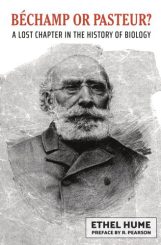
ETHEL HUME, ROBERT PEARSON
Paperback, Kindle, Epub.
Two books in one. Pasteur’s theft and distortion of Antoine Bechamp’s work is exposed in detail, and thoroughly documented.
“An amazing alternative interpretation of biochemical history. A compelling account of Pasteur’s plagiarism and a strong reminder of the powers at work in the pharmaceutical and regulatory industry.”
“We have been so ingrained for our entire lives to think and live in a certain way… It is challenging to begin this epic saga of removing the veil of lies, opening your thought patterns to something outside of our normal belief patterns, and look at the evidence subjectively. There is so much to take in … I am on my third read and it is like reading it for the first time.”
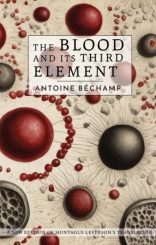
ANTOINE BECHAMP
Paperback, Kindle, epub.
His last work, this is the only book by Bechamp currently available in English.
“What Dr. Béchamp is describing is a foundational concept. According to his experiments and observations, these tiny particles he named “microzymas” have an active role in sustaining and also in terminating life.
Béchamp searched for and found the same particles and activity even in limestone, from the ancient shelled creatures whose bodies were incorporated into the stone. They still retained their activity. As the organizing life-principle of a complex body ceases to operate – as it dies – the microzymas take up their role of breaking it down and returning its elements to nature to be taken up by other life forms.”
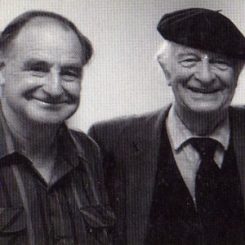
by Drs Archie Kalokerinos & Glenn Dettman.
Aboriginal infant mortality in Australia is strongly associated with the immunizations that are meant to save them. The value of megascorbic therapy as treatment. This important paper relates these findings to Antoine Bechamp’s science. […]
Copyright © A Distant Mirror